HOLY WEEK
2024
ARANDA DE DUERO
FESTIVITY OF REGIONAL TOURIST INTEREST
BURGOS - CASTILLA Y LEÓN - SPAIN
Welcome to the essence of the tradition and the faith, welcome to the Holy Week in Aranda de Duero. This web site is a window into the heart of one of the festivities deepest and most poignant of Spain. Here, we will explore the historical origins, the solemn processions, confraternities devoted and traditions that have endured and evolved over the centuries.
HISTORY
Our journey will go from the walk of the Borriquilla until the time mystic of the Descent of the Angel, an experience that transcends time. Discover the customs, the exquisite local cuisine and jewels tourist Aranda de Duero offers to its visitors.
We invite you to immerse yourself in this unique experience, discover the secrets and wonders of a celebration which is the soul of a community. Welcome to a place where faith, history and culture are manifested during the Holy Week.
BEGINNINGS
This section reveals the origin and evolution of our celebrations, a journey that leads from its beginnings humble to become an event of significant cultural and religious significance.
The Holy Week of Aranda de Duero is rooted in the religious and cultural traditions of the region. Initially the celebrations were simple liturgical services and processions modest. These beginnings reflect the depth of the catholic faith in the region, which is rooted in the beliefs of its inhabitants.
CENTURIES
OF
EVOLUTION
Over the centuries, the Holy Week of Aranda de Duero has undergone significant transformations. These changes not only reflected in the updating of the processions and rituals, but also in the active participation of the brotherhoods and brotherhoods, integrating new acts and enriching existing ones.
CENTURIES
OF
EVOLUTION
The TWENTIETH century, in particular, witnessed a renaissance in the form of celebrating the Holy Week. Mid-century, there was a resurgence with the addition of new guilds that add a rich variety of events and processions that span the entire week.
This historical journey of Holy Week in Aranda de Duero is not only a story of faith and tradition, but also a reflection of the heart and the spirit of the community, which has kept alive this heritage over generations.
CENTURIES
OF
INFLUENCES
Holy Week in Aranda de Duero is a cultural mosaic, deeply rooted in the influences both religious and cultural local. This section explores how these two aspects are interwoven to give shape to this traditional celebration.
Holy Week, in its essence, it is the commemoration of the Passion, Death and Resurrection of jesus Christ, the central aspects of the catholic faith. This religious basis is reflected in every act and procession that takes place in Aranda de Duero.
The ceremonies of Holy Week, including the processions, and the worship of images, is deeply rooted in the liturgical practices of catholicism.
From the solemn Way of the Cross up to the celebration of the Resurrection, every act of Holy Week is steeped in religious symbolism, offering the faithful a chance of spiritual reflection and renewal of faith.
Located in the Autonomous Community of Castile and León, Aranda de Duero integrates in Holy Week, the character and traditions of castile. This is manifested by the sobriety and the recollection of their processions, as well as the importance given to silence and sacred music.
The Holy Week of Aranda de Duero is also a sample of the rich artistic heritage of the region, with processional floats that include works of religious sculpture of great historical and artistic value.
Over the years, Aranda de Duero has managed to integrate contemporary aspects in their traditions, keeping alive the essence of the Holy Week as it adapts to changes in the weather.
In summary, the Holy Week of Aranda de Duero is a living example of how religious influences and cultural can be merged to create a celebration that is unique in its devotion and artistic expression.
BROTHERHOODS
And
GUILDS
The history and evolution of the brotherhoods and brotherhoods in Aranda de Duero-have been instrumental to give shape to the Holy Week as we know it today. This section explores how these religious organizations and fraternal have influenced the celebration over time.
History
and
Development
The brotherhoods and brotherhoods of Aranda de Duero, sink their roots in the Middle Ages, originating as groups pious and dedicated to the care of the needy.
History
and
Development
Over the centuries, these organizations grew in number and diversity. Each guild began to adopt patterns and specific titles, reflecting different aspects of the Passion of Christ.
The brotherhoods were structured with a hierarchy, and internal rules, which helped to preserve the traditions and to ensure the continuity of their activities over time.
The fraternities and sororities have been innovative in the introduction of new elements in the processions, as processional floats made and the incorporation of music and light.
These organizations have played a crucial role in keeping alive the traditions of the Holy Week, passing the legacy from generation to generation.
Along
the
time
In addition to its religious role, the brotherhoods and brotherhoods in Aranda de Duero, have had a significant social and cultural impact in the community, strengthening the ties between their members and the society in general.
The evolution of the brotherhoods and brotherhoods is a testimony to the dynamism and adaptability of the Holy Week in Aranda de Duero, ensuring that this celebration is not only lasts, but also reflects the changing needs and expectations of the community they serve.
Along
the
time
Eventos
Históricos
Relevantes
The numerous conflicts in our country have had a significant impact in Castile and Leon. These periods of turbulence affected the continuity and development of the Holy Week celebrations, with disruptions and changes in traditional practices.
Changes in political-social of Spain, especially in the TWENTIETH century, had a considerable impact in the form of celebrating the Holy Week. The transition to democracy and the modernization of the country influenced the revitalisation and renewal of these traditions.
All of these historical events have not only affected the realization of the festivities, but they have also served as the stages of reflection and renewal, strengthening the link between the community and its traditions.
In these moments, after the years convulsive of the pandemic, the fraternities and sororities strive to ensure the safety of participants and spectators reaffirming the importance of the Holy Week as a fundamental pillar of the cultural identity of our city.
The economic growth and the increase of tourism in the region have led to greater visibility and expansion of the Holy Week in Aranda de Duero. This development has allowed for a better organization of the event and has attracted visitors from all over the world.
Patrimonio
and
Reconocimientos
Holy Week in Aranda de Duero is not only a manifestation of faith and tradition, but also an event of great historical value and cultural, recognized and celebrated beyond our local boundaries.
Recognition as a Festival of Regional Tourist Interest
The Holy Week of Aranda de Duero, it was declared a Festival of Regional Tourist Interest of Castile and León, dated 10 May 2005, a distinction that underscores their importance and cultural tourism in the region of castilla-Leon.
This recognition not only validates the richness and authenticity of the celebrations, but also helps to attract visitors, and the media, increasing visibility and prestige of Aranda de Duero.
Heritage significance of the Processions, and Religious Events
The processions of Holy Week in Aranda de Duero are a manifestation of devotion and art, where each step processional and every religious image tells a story of faith, tradition and craftsmanship.
The careful preservation of these practices and items, from clothing to religious images, reflects the commitment of the brotherhoods with the preservation of their cultural heritage.
Heritage significance of the Processions, and Religious Events
These acts are not only important for the religious practice today, but they also serve as an example of education for the new generations, transmitting knowledge of history, art and spirituality.
The heritage of the Holy Week of Aranda de Duero, marked by its recognition and the richness of its manifestations, is a treasure living, a source of pride and a fascinating attraction for visitors and scholars of ethnography.
